Students from Michigan Technological University partnered with Keweenaw National Historical Park to put a new tech twist on local history. The students created an interpretive display on mine water geothermal energy. Together, the display and Youth Historian program offer Keweenaw youth a chance to learn more about their heritage.
History is important to Copper Country communities—sharing that history with youth even more so. As the site of the nation's first large mining boom, the Keweenaw Peninsula preserves and interprets a unique chapter of the US story. During 2016, to commemorate the National Park Service's Centennial, Michigan Tech and Keweenaw National Historical Park collaborated on a display that both celebrates history and looks to new science.
There will be a Student Open House on Friday, June 3 from 5 p.m. to 6:30 p.m. at the Calumet Visitor Center. Students from the Youth Historian program will give a short presentation and Michigan Tech students will talk about the mine water geothermal display. The event will conclude with a reception and tours of the Visitor Center.
Youth Historians
Keweenaw National Historical Park started a Youth Historian program for 3rd graders attending Calumet-Laurium-Keweenaw (CLK) Elementary School. The program started in October 2015, and 18 students met every other week during the school year. The objective was to connect youth with local history through fun, interactive programs that immersed them in the local community. Students learned about folk music, studied primary sources, researched historical events, talked with seniors from the community, and developed a short animated, claymation film that will premier at the open house.
The program helped students develop a deeper understanding of park resources and the relevance of national parks in their lives. To that end, the curriculum was designed to be interactive—so they truly feel that history is at their fingertips.
“I loved doing all the projects and going inside the different buildings in Calumet,” one student says of the program. Another reflected on how history became real by being fun: “The music and dancing was my favorite part. I enjoyed learning old songs from the past.”
"America's National Park System is a gift from past generations to this and succeeding generations. And while the challenges we face today could not have been imagined when this agency was established in 1916, our mission remains the same: to preserve this nation's natural and cultural heritage, unimpaired for the enjoyment of this and future generations."Jon Jarvis, National Park Service Director
Mine Water Geothermal
Through the Youth Historian program, Keweenaw students have the opportunity to learn about their heritage. With the mine water geothermal project, they have the chance to reimagine it.
Currently, only 30 active mine water geothermal systems exist in the world. And one of them is at Michigan Tech’s Keweenaw Research Center (KRC). At the KRC, they pipe the mine water up from 300 feet below the surface. Through a big heat exchanger, the mine water seasonally cools, or heats, through a closed loop system within the building.
“It’s just like the radiator in your car,” says Jay Meldrum, the director of the Keweenaw Research Center. “The water always stays inside the pipes and is mixed with glycol so it doesn’t freeze.”
The water-glycol mix circulates and runs through 18 heat pumps throughout the center’s main building. Meldrum says he hopes to expand geothermal on the site and is planning a new, smaller system in a separate building.
"We're excited to make this an educational opportunity," Meldrum says.
Richelle Winkler, a sociologist specializing in environment, population, and rural community development, helped organize the original project. She worked with a team of students last year, led by Edward Louie, who graduated last spring, to create "A Community Guide to Mine Water Geothermal Heating and Cooling". They are now working to publish it as a book with Lift Bridge Press.
"Using the mine water for geothermal energy creates an opportunity to recast community identity, which both celebrates the mining heritage and promotes progress forward in an environmentally sustainable way."Richelle Winkler, Associate Professor, Michigan Tech
Now, the project—and the corresponding display at the Calumet Visitor Center—is a collaboration among an award-winning team of students in Michigan Tech’s Alternative Energy Enterprise. They come from many disciplines, including mechanical engineering, environmental policy, electrical engineering, energy development and communications. For their interdisciplinary work, the student team took home the American Institute of Chemical Engineers’ Youth Council on Sustainable Science and Technology Award last year.
Michigan Technological University is a public research university founded in 1885 in Houghton, Michigan, and is home to more than 7,000 students from 55 countries around the world. Consistently ranked among the best universities in the country for return on investment, Michigan’s flagship technological university offers more than 120 undergraduate and graduate degree programs in science and technology, engineering, computing, forestry, business and economics, health professions, humanities, mathematics, social sciences, and the arts. The rural campus is situated just miles from Lake Superior in Michigan's Upper Peninsula, offering year-round opportunities for outdoor adventure.
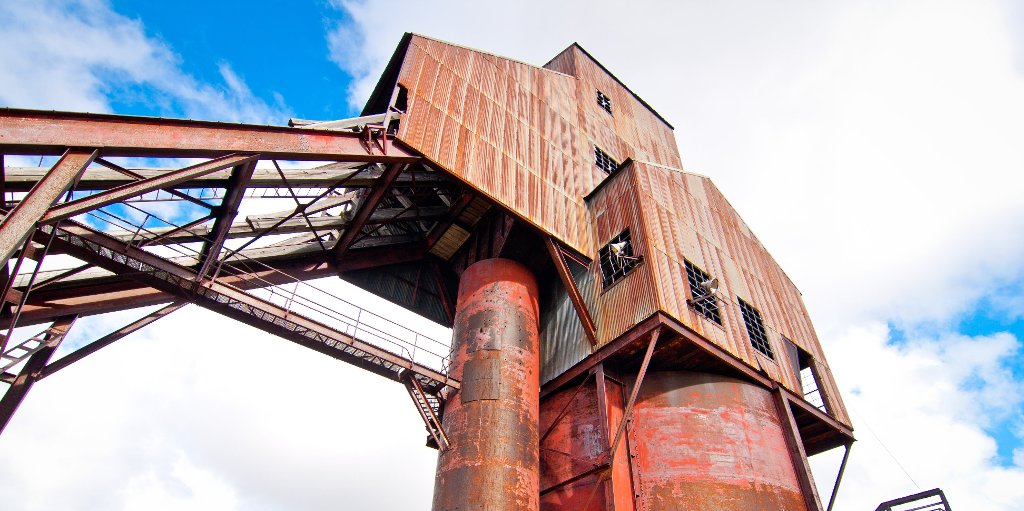

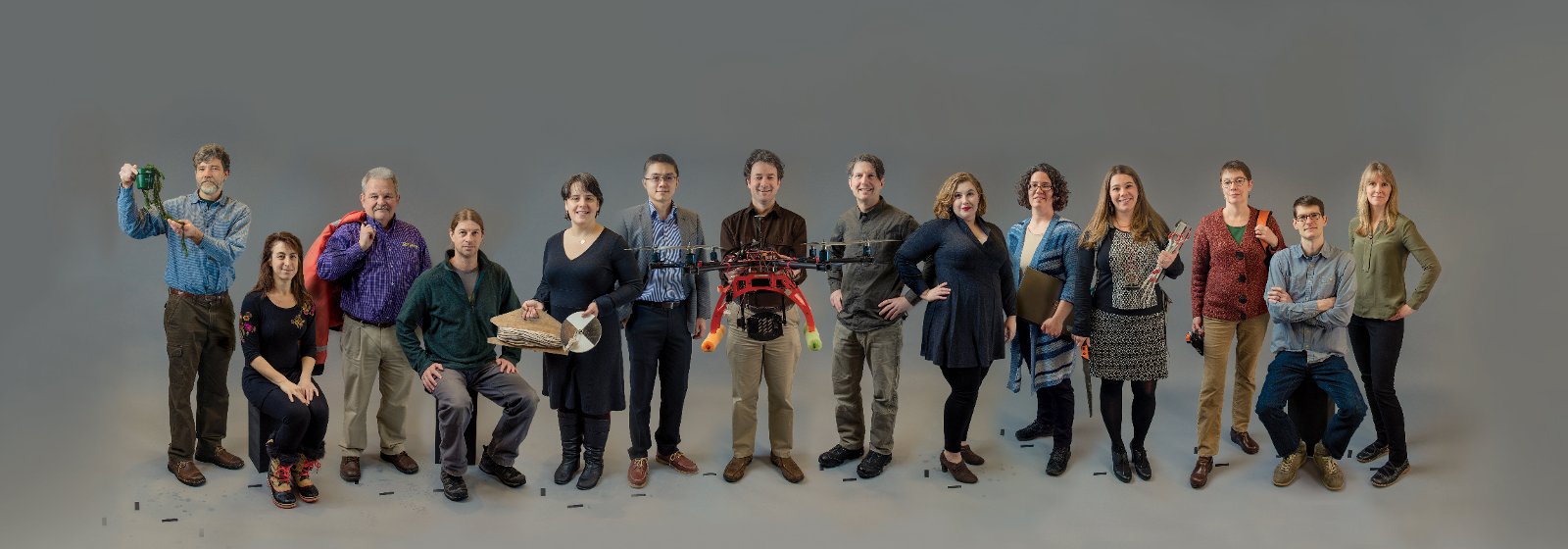
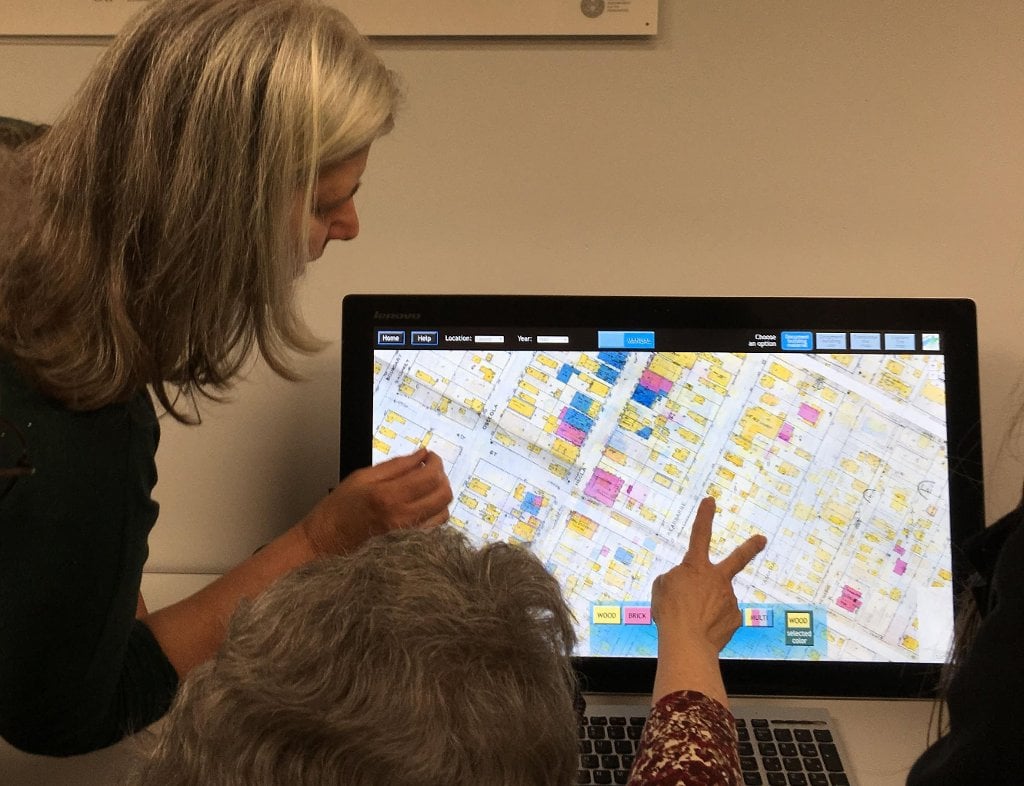
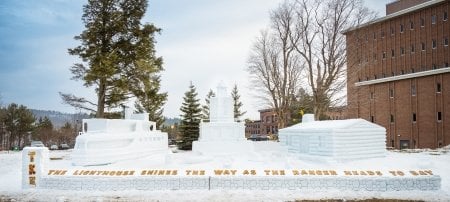
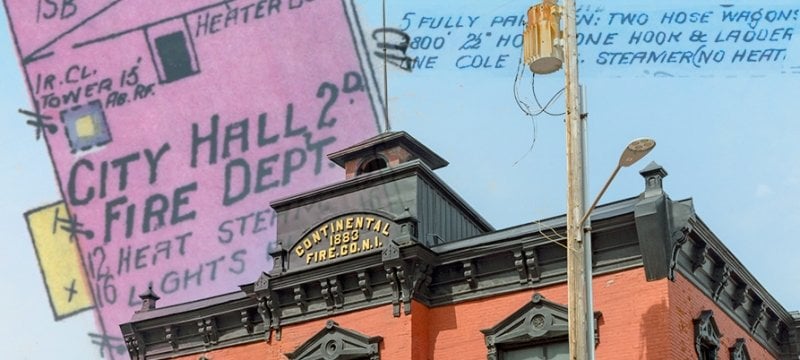
Comments